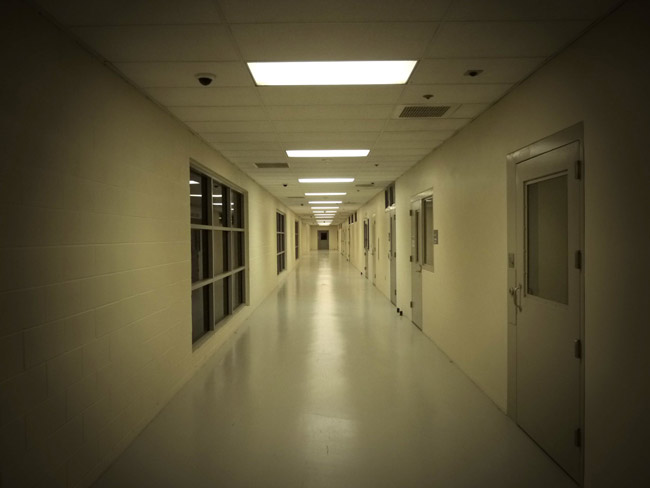
An appeals court Tuesday heard arguments in a long-running dispute over how the state and counties should divide juvenile detention costs.
The case concerns a 2004 law that requires counties to help pick up the tab for detaining underage offenders. Under the law, counties are supposed to pay for “pre-dispositional” detention – that is, costs associated with juveniles waiting for their cases to be resolved in court and those charged with probation violations.
But just what “predisposition” means as been in dispute, with counties challenging the law in 2010, arguing they’re footing too much of the bill. Tuesday’s arguments before the 1st District Court of Appeal revolved around the complicated formula by which the cost of a juvenile’s case is determined to be the responsibility of DJJ or the county in which the offense took place.
Appellate Judge Nikki Ann Clark, a former juvenile division judge, queried DJJ attorney John Milla on the meaning of the term “final disposition” as it applies to the cost-sharing formula, asking whether a final court order disposing of the case was what was meant by “final disposition.”
Milla said it was not that simple.
“For purposes of the statute, the disposition of probation is not a final court disposition,” said Milla. “If that’s the final court disposition, for purposes of determining fiscal responsibility for a detention stay, then this is off by millions – by tens of millions of dollars. As the department has interpreted it…there would be a discrepancy between the days and the money of, basically, couch change.”
The counties argue they currently pick up 75 percent of the costs, but should be paying less. DJJ has said in court filings that the Legislature actually intended for the counties to cover more – 89 percent of the costs.
“It is true that the department’s interpretation makes the counties responsible for the large majority of detention stays,” said a document filed in the case in January by department Secretary Wansley Walters. “But there can be no doubt that this is precisely what the Legislature had in mind, and the proof is found in the funding. The Legislature initially funded detention cost sharing so that the counties would be responsible for 89 percent of detention costs and the state would be responsible for 11 percent.”
Attorney Gregory Stewart, representing the counties, argued that they “are in fact subsidizing the state’s share…Days (of a juvenile’s detention) that were the responsibility of the state have now been shifted to the counties.”
Stewart said under DJJ’s new rule, if a juvenile is found not guilty but must remain in detention until picked up by a parent or guardian, those days are charged to the county.
As to the interpretation of “final disposition” as it applies to a juvenile’s case, Stewart argued “the entire history of the statute interpreted that provision as common sense tells you it should be interpreted.”
The counties’ position is that anything after a disposition hearing – similar to a sentencing hearing – is DJJ’s responsibility. At that point, either the juvenile is committed to a DJJ facility or a DCF-licensed facility and sent home pending placement, detained pending placement, or the juvenile is committed to probation.
DJJ spokeswoman Meghan Speakes Collins said the state “doesn’t become responsible for detention stays until a youth is committed to the custody of the Department, and the detention is only necessary because the Department does not yet have an available residential bed for the youth. Youth who are served in their local communities – who are not committed – remain the responsibility of the Counties for any other detention stays.”
Some counties have looked for other solutions to paying their juvenile detention costs. After the passing of a 2011 law, a county that opts to provide juvenile detention services is exempt from statutory requirements to contribute funding to the state for the operation of DJJ detention centers. Currently, Marion, Polk and Seminole Counties are operating their own detention centers.
–Margie Menzel, News Service of Florida




























Leave a Reply